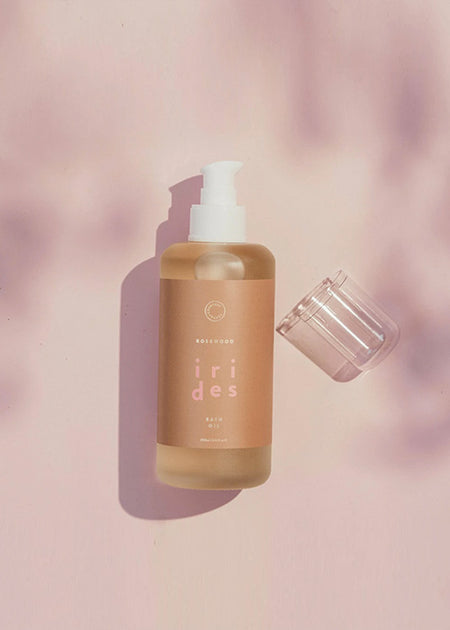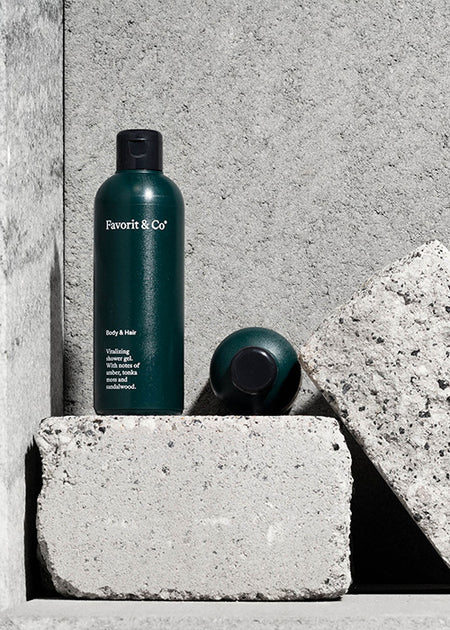May 18 2021
Everything you need to know about ocean friendly sunscreen
(and a few of our favorite organic alternatives)

What's so bad about conventional sunscreen?
The difference between mineral and chemical filters
One alternative to these chemical filters are mineral or physical filters. These are usually made from zinc particles that physically block the sun on your skins surface (or reflect it away). Zinc oxide sunscreens are a good alternative for your health and the planet, since zinc has not been shown to cause harm to the ocean. But of course there is a condition to this, the zinc particles must be non nano. Non nano zinc means that the zinc particles are big enough to not infiltrate and pollute water sources. You must always look for this indication on mineral sunscreen ingredient lists.
What about sun oils ?
Sun oils are great to get a nice tan but they come with limitations. There are no sun oils that can be made with mineral filters because zinc is white and can not be blended into oil without leaving a white coating. Always be aware when getting sun oils of the chemical UV filters inside. Some chemical filters have been tested and approved for organic cosmetics and don't pose serious health or environmental risks, like Amiloxate or Avobenzone for example. Some of these filters are new and need to be tested forward, so it's safe to always stay alert to changes in research.

Please do this one thing for the ocean
Sunscreens are a bigger risk to the ocean and the environment than they are to us. Since coral and fish are smaller, small quantities of chemicals can already mess with their hormones. The safest thing to do is to always apply sunscreen at least one hour before swimming in the sea or lake. This way, the sunscreen (mineral or chemical filters) will be absorbed by your skin before they come in contact with the water. This is really the best we can do to avoid contamination.
Also, choose sunscreens that have the most natural ingredients (aside from the UV filters). A little bit of coconut or jojoba oil won't do as much harm to aquatic life (and your skin).
Our favorite ocean friendly sunscreen alternatives

1. Seventy One Percent | Eco Sun Spray Invisible 50 SPF

2. Seventy One Percent | Invisible Eco Sun Spray 50 SPF Face
Same ingredients, only way better for the skin of your face. For some reason it's labelled 99% natural but I couldn't find the non natural ingredient in the list. Their organic certification is enough for me to trust the product completely. If you prefer 100% natural you can always use the body Eco Sun Spray on your face. It's also invisible so it's very convenient when you don't want to look like a ghost. The other natural oils and ingredients will nourish your skin and prevent dehydration. Zinc filters are also very waterproof so it prevents more sun damage. 
3. Seventy One percent | Dry Sun oil
For tanning, this is our oil of choice. It can be used on the face, hair and body (although I would not use this kind of oil on my face). It's waterproof, which is amazing and contains organic approved chemical filters that aren't harmful: amiloxate and avobenzone. The oil has an awesome monoi scent that makes you feel like a hot surfer chick.

4. Atinge Solaris daily 30 SPF sunscreen
This great option is for those who want a totally natural sunscreen for face and body. It's only 30SPF so I would prefer a 50SPF on my face on very sunny days, but I would definitely use it as a daily protection when I'm out running errands. The composition is super natural and has basically no controversed ingredients or nano particles. The whitish color is nuanced with carrot oil to give it a more natural color but you can mix it with some foundation too.

Spread the word
I hope this was a comprehensive post that will help you and hopefully circulate to your peers. Share this article on your social media to spread the news and advocate for a more eco-friendly world. If you have any questions please use the comments section, we would love to discuss and get recommendations !
Tagged:







0 comments